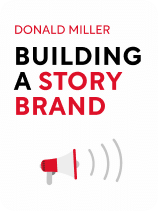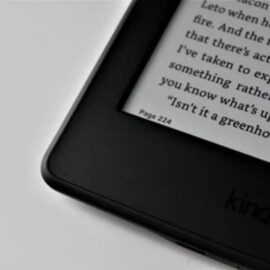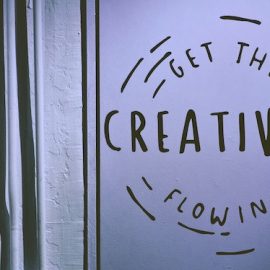

This article is an excerpt from the Shortform book guide to "Building a Storybrand" by Donald Miller. Shortform has the world's best summaries and analyses of books you should be reading.
Like this article? Sign up for a free trial here .
What is happiness marketing? Is this kind of marketing effective?
Happiness marketing is a type of marketing that focuses on feelings of satisfaction and fulfillment. It’s a successful marketing approach that focuses on a specific ending.
Read more about happiness marketing and how it works.
Happiness Marketing
The last of the seven story elements is positive stakes—what happens if the character successfully acts, solves the problem, and gets what she wants? In narrative, the possibility of gain—and the happy ending it comes with—motivates the audience to stay invested in the story. (Shortform example: In Harry Potter, if hero Harry does defeat villain Voldemort, the wizarding world will be safe, and Harry can have a normal life and start a family, something he’s wanted since Voldemort killed his parents.)
In branding, the possibility of gain—and the positive stakes it comes with—motivates the customer to buy your product. (Shortform example: if you sell hand soap, and people buy it and use it, they’ll be clean and healthy.)
The goal of this element is to close the gap between the hero/customer and what she wants. First, we’ll discuss the requirements of happy endings and three popular story endings that we can draw inspiration from. Then, we’ll discuss how to share the happy endings with customers, and how to add them to your BrandScript.
The Happy Ending Must Be Specific
The most successful brands show customers exactly how a product will change their lives for the better. Many brands are too vague, and it’s hard to get excited about vagueness. (Shortform example: If you sell gym equipment, promising a “you’ll be happy with your purchase” isn’t as compelling as “you will be as strong as an Olympian.”)
To come up with a specific positive outcome, consider how your product or service will solve all three types of problems from Chapter 3: external (what their life will look like), internal (how they will feel once the problem is solved), and philosophical (why the world is a better place now that the problem is solved).
Alternatively, marketer Ryan Deiss created a before-and-after grid exercise that will help you determine how your product will change your customer’s lives:
| Before a customer buys your product | After a customer buys your product | |
| What does the customer possess? | ||
| How does the customer feel? | ||
| What is an average day like for a customer? | ||
| What is the customer’s status? |
Happiness marketing is an effective way to get customers to make decisions if used correctly.

———End of Preview———
Like what you just read? Read the rest of the world's best book summary and analysis of Donald Miller's "Building a Storybrand" at Shortform .
Here's what you'll find in our full Building a Storybrand summary :
- How storytelling enhances brand marketing
- Why you should make the consumer the hero of your brand's story
- The 7 elements that make marketing work






